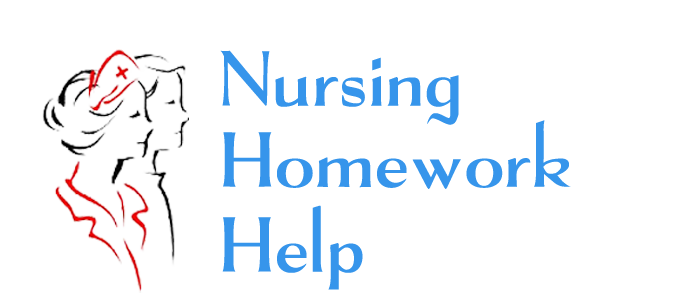Collaboration strategies for the evaluation development. Asthma Management in Community Five requires a collaborative effort because success will not be achieved without partnership and engagement.
Asthma Management in Community Five requires a collaborative effort because success will not be achieved without partnership and engagement. Focusing on the logic model to achieve the outline objectives was the key stakeholders goal (McKenzie et al., 2013). Through collaboration with program planners, participants, and key stakeholders, were able to agree on the evaluation processes such as focus groups, surveys, interviews, pre/post tests, and participant’s observation during the education workshop (McKenzie et al., 2013; Shi & Johnson, 2014). The coalition also wanted to determine the usage of the evaluation information as well as the utilization of the evaluation findings. The post-intervention focus group gave the program planners the idea of what to incorporate in the development of the evaluation questions (McKenzie et al., 2013). Their input necessitated modification of the evaluation post-design tests (McKenzie et al., 2013), which showed the importance of their involvement. The schools in the community provided valuable tools for evaluation by giving data regarding school absenteeism pre and post intervention (McKenzie et al., 2013). Their collaboration was essential to provide quantitative data regarding the program intervention and impact from parents to children.
Evaluation Findings Utilization
The findings from the evaluations will provide for the necessary recommendation. These proposed recommendations will contribute to the program effectiveness and accountability to the stakeholders (McKenzie et al., 2013). Therefore, the results of the evaluation if positive can promote the program for continued funding, justify for the resource allocations, and prove program effectiveness (McKenzie et al., 2013). Where the educational materials can be given to the stakeholders (health care providers, parents, schools, local health department) for utilization. A negative outcome from the evaluation findings can be used to improve the program and to modify the program planning as well (McKenzie et al., 2013). The effectiveness of a program is the program evaluation.
DISCUSSION 2
Collaboration strategies for the evaluation development:
The Whooping Cough vaccine prevention program will utilize different sources in the development of its evaluation. First of all, people’s knowledge of Whooping Cough will be accessed through surveys given to the community prior to implementing education lectures at the town hall meetings and after. The same educator who will give the lectures will also give out the surveys and collect them as well. At the same time, interpreters will be present at the town meetings to translate to those who do not speak English. On the other hand, data on vaccination rates against the Whooping Cough will be obtained from the local health department prior to implementing the education lectures as well as after. Volunteers from the community as well as employees from the health department will collaborate in gathering this data. Weekly meetings will also be implemented to address any issues throughout the evaluation process. Some of the problems or issues that are expected to arise might involve “participant satisfaction, or a personal or medical emergency” (McKenzie, Neiger & Thackeray, p.367, 2013). This is important because the results of the evaluation can be affected due to these issues.
PLACE THIS ORDER OR A SIMILAR ORDER WITH NURSING HOMEWORK HELP TODAY AND GET AN AMAZING DISCOUNT


